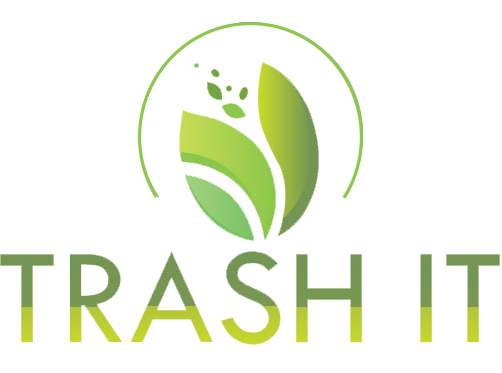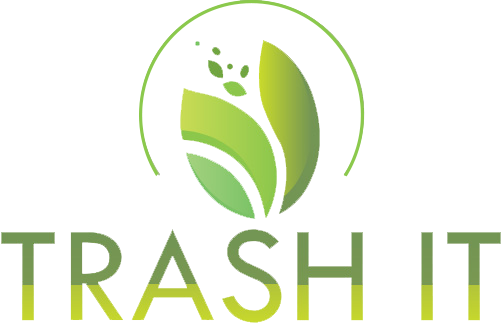We live in a society where many of our possessions are considered disposable and easily replaced. This is especially true of our electronics.
Devices today are being developed at an incredible rate, and many of us have bought into the notion that we must always have the latest and greatest, whether it be a cell phone, a TV, a computer, or something else. But this attitude is proving very problematic due to the growing amount of e-waste being produced.
E-Waste is a Significant Problem
E-waste is an informal term referring to any electronic devices that are at or near the end of their useful life. E-waste can include cell phones, computers, copy machines, fax machines, stereos, and other items that contain electronic components.
The main issue with e-waste is that it is a health hazard. You might not immediately think of it in this way, given that we use these items on a daily basis, but e-waste contains toxic materials such as lead, mercury, fire-retardant chemicals, and arsenic, which have been proven harmful to human health. And the environment. Accordingly, e-waste cannot simply be tossed away like our regular trash. At least not legally.
Unfortunately, a great deal of e-waste still makes its way to landfills instead of being disposed of correctly. As a result, contaminants can impact groundwater sources.
On the other hand, disposing of e-waste in the correct manner can seem unappealing to many as it requires time, effort, and money, depending on one’s choice of whether to bring items to specified recycling centres, or arrange to have them picked up by a junk-removal service.
And the Problem is Growing
We buy a lot of electronics.
Cell phones alone show incredible numbers, with over 1.3 million phones being replaced every year, with that number continuing to grow. In some countries, like the United States, far too many goods still make their way into landfills. According to statistics from 2012, $206 billion was spent on consumer electronics, but 71% of the resulting e-waste made its way into landfills.
Worse than filling up our landfills with these toxic materials is the fact that in 2005 there was an RCMP raid in BC that resulted in the seizure of 500,000 kg of e-waste that was being illegally shipped to developing countries. Those who were attempting to export these items were attempting to increase profits by exploiting low environmental and employment standards elsewhere.
This has, unfortunately, resulted in some distrust of recycling programs among the public.
Other environmental concerns exist beyond the simple need of diverting items from landfills and ensuring they are disposed of properly. For example, the environmental cost of creating one computer and monitor involves 500 lbs of fossil fuel, 48 lbs of chemicals, and 1.8 tons of water.
There are Positive Signs, However…
If it were possible to recycle 100% of precious metals from consumer electronics, the electronics sector could realize up to 12 billion dollars in benefits. And if one million laptops could be recycled, it would save enough electricity to power 3,657 typical homes for a year. That should be enough to inspire more recycling, and, in fact, we are seeing an improvement in numbers.
Consider BC’s Return-It Electronics program, which is a province-wide, industry-led program created to handle the recycling of end-of-life electronics. Launched in 2007, the program allowed residents to drop off TVs and computers at specific collection sites free of charge toys, sporting in order to ensure that the items would be recycled through reputable Canadian industries.
In 2010, the second phase of the program launched, which expanded the list of accepted electronics to include cameras, phones, stereos, VCRs, and assorted other personal electronics. By 2011, the list expanded again to include small appliances, smoke detectors, and carbon monoxide detectors.
The final phase of the program arrived in 2012, at which time the program began to accept large appliances, medical devices, tools, electronic equipment, automatic dispensers, and industrial and institutional lighting. During the first two years of the program, more than 4,200 metric tonnes of e-waste was diverted from landfills. As the program expanded, so too did its success. More than 1,200 metric tonnes of e-waste are now diverted from landfills every month.
E-Waste and Sensitive Data
There are those who become very concerned about their private information when it comes time to dispose of a computer or similar device. After all, a great deal of personal information is processed on our computers, whether it be personal documents, family photos, financial information related to taxes, online banking, or internet shopping. Even your usernames and passwords may be stored on your computer.
These are valid concerns, and some might worry about handing over their now-defunct or out-of-date computers to recycling centres, but this is certainly the most secure option that is available to you.
Deleted files can be retrieved, putting you at risk should someone retrieve your computer from the trash or a landfill. When you turn in your device to a proper recycling facility, however, your device’s hard drive is shredded, its pieces separated and then broken down further.
This will protect you from any possible data or identity theft, as it is physically destroyed.
You wouldn’t leave sensitive documents in a box at the curb for garbage pickup. Don’t do the equivalent with your electronic devices. See to it that they are disposed of properly.
The Best Choice for You and the Environment
Recycling has become a daily part of most people’s lives. We tend to sort out trash without much thought, and generally make the effort to ensure that we are doing our part to reduce our waste and keep our environment clean.
It only makes sense then to take the same approach with our e-waste, especially given that we are producing an increasing amount annually. By taking the time to properly dispose of your electronic devices, you are taking steps to not only reduce the amount of waste reaching our limited landfills, you are also helping the environment and keeping your own data and information safe.
For all your e-waste recycling needs, contact 604-TRASH- IT today!
Photo by Kevin Jarrett on Unsplash

